Women of Gaza
- Killia Valdes
- Nov 22, 2024
- 4 min read
The territory we know now as the West Bank and Gaza was separated because of prior conflict in the last century. These conflicts led to the creation of the terrorist organization, Hamas. They were leading to a full takeover in 2007. This led to multiple lockdowns by Israel throughout the years and the beginning of this conflict.
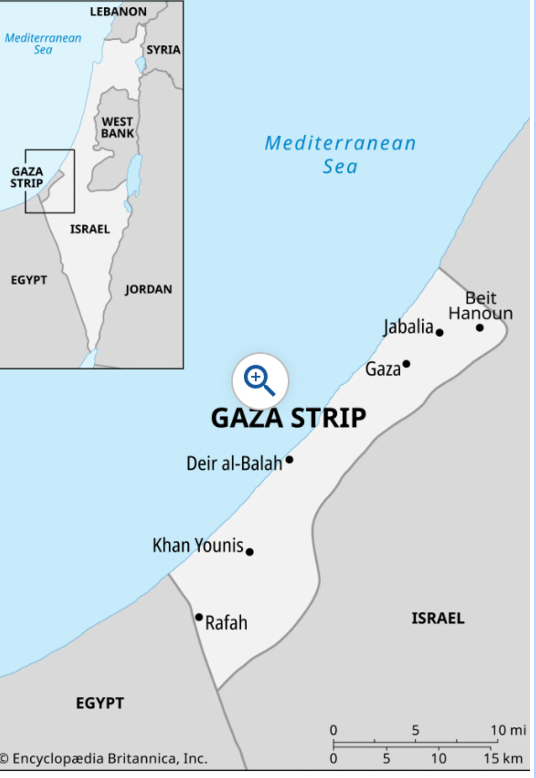
Throughout the years, The Palestinian community has been divided into two densely populated areas: Gaza, and the West Bank. Nearly half of the people live in refugee camps with “1,899,291” in 2017, and “2,226,544” in 2023. Living conditions in the Gaza Strip have always been poor, especially with the restrictions issued by Israel in 2007. The communities of both Gaza and the West Bank have now suffered massive casualties, mostly women and children. The initial takeover of this conflict occurred when Hamas attacked during a Jewish Festival (Sukkot), during the anniversary of the Yom Kippur Waron Saturday 7th of October 2023, when Hamas targeted civilians, capturing, injuring, and even killing some of them. Initial Jewish casualties were 260, and 130 people captured (Link). This led to brutal retaliation from Israel, and an effort to weed out Hamas agents in Gaza and later on the West Bank.
This led to the operation of Iron swords being launched, to fight efficiently against Hamas. The initial attacks were brutal, wounding over 1,000 people (civilians) and evicting most Gazans from their homes. This has led to severe casualties in Gaza with the destruction of residential buildings and hospitals, along with displacing 1.9 million people in the last year alone (85% - Link). This conflict has continued even with multiple ceasefire attempts by neutral countries since it is clear that there are only displaced civilians left in Gaza, attempting to find a way to escape. The conflict's first anniversary has passed making it dire for the civilians living there, especially the women.

Now in the 2023 - 2024 conflict between Hamas and Israel, the women are suffering with many injustices. 49.2 % of people who need assistance are women; 24 percent are under 18, 23.7 percent are between 18 and 65, and 1.5 percent are above 65. Most of them need sanitary products, food, and water, and many have turned to making menstrual material out of tent scraps. Young girls who should be in school are being forced to be in tents or hospitals looking for refuge from the insistent bombs and attacks of the Israelis.
Because of the laws Palestine has requiring men to take care of women, they are in far more dire circumstances. The overcrowded shelters do not give privacy to the women and often are dirty and have no access to fresh water. They have no latrines or bathing facilities, making it hard for them to keep a clean and controlled environment. This affects not only the women but everyone else as well.
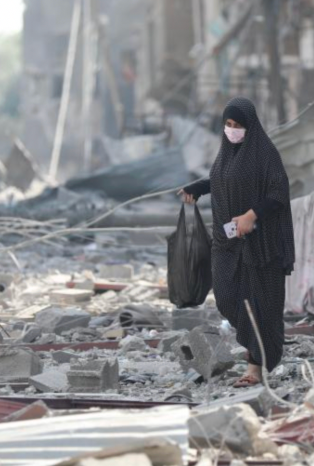
Most pregnant women do not have proper healthcare and have miscarriages or have been killed along with their babies. They do not have the privacy that a sex-segregated bathroom entails or the specific female hygiene products. They risk infection and sickness by cutting pieces of their tents and using them as period products. “There was no water available for me to get clean during my period.” said an action aid Palestine that wished to remain anonymous. With only three water pipelines operating from Israel to Gaza, people can only access about 1.5 liters of water per day which is definitely below what a person needs in a day (3 liters) and what they need to bathe (15 liters). Now one year after this conflict this number has reduced with food and water diminishing, the longer this goes on. There is no safe water anymore, with most of it being contaminated and most food being canned. Making nutrition for civilians and children impossible, along with the growing cost of most materials.
As of November 2024, 43,163 Palestinians have died. About 70 % of those killed are said to be women and children. While 102,105 Palestinians have been injured or buried under rubble (Link).

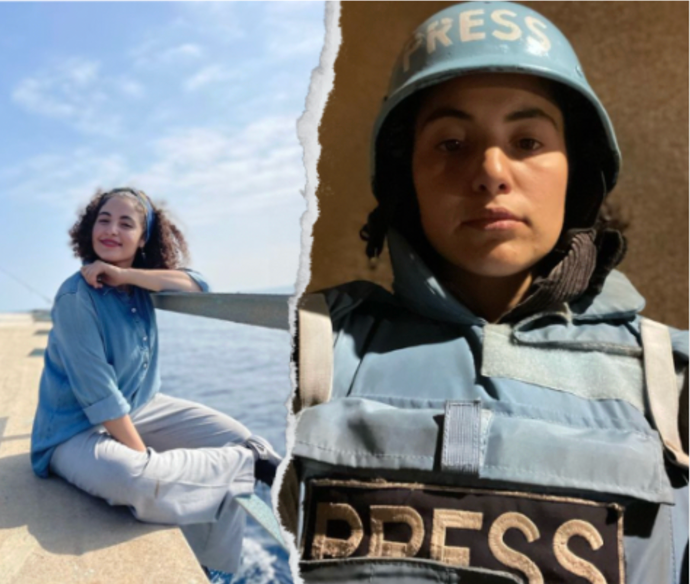
Bisan Owda
Bisan, a former cultural blogger, has been making and reporting videos on TikTok as a journalist throughout the entirety of this conflict. Currently, she is a filmmaker, journalist, and activist stationed and living in Gaza. Before the war in Gaza, she worked “ as a member of the UN Women's Youth Gender Innovation Agora Forum” and worked as a climate activist. Bisan garnered attention because of her videos starting with the phrase “I'm still alive”, reporting what was going on in Gaza and what the IDF (Israeli Defense Forces) was doing. Her videos were shown on “BBC News, Al Jazeera, ABC News,[7] and Save the Children.” She dedicated herself to reporting what was occurring in Al-Shifa Hospital (before its bombing) and surrounding areas. She wrote about her quality of life, her family and friends, and her community.
By December of 2023, Bisan stated "I no longer have any hope of survival like I had at the beginning of this genocide." This was in response to the “killing of journalists in the Israel–Hamas war.” In April of this year, Bisan joined many other journalists who signed a letter and asked to boycott many companies and supporters of Israel. Bisan got credit because of her work since people claimed she was “providing a human lens" and humanizing what was occurring in Gaza. Bisan has won a 2024 Peabody Award and an Emmy award in news and documenting respectively, because of her show “Its Bisan from Gaza and I'm Still Alive”. Bisan Owda continues to show her short videos regarding Palestine and what is occurring. All while sticking around Gaza, and showing us the necessary truth of this conflict.
Follow Bisan Owda at https://www.instagram.com/wizard_bisan1/.
Bibliography:

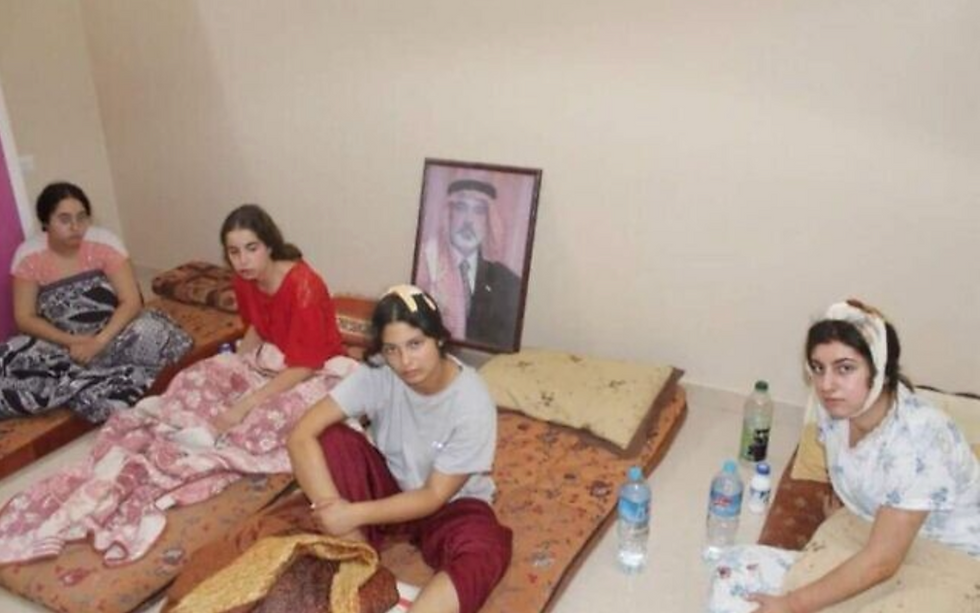

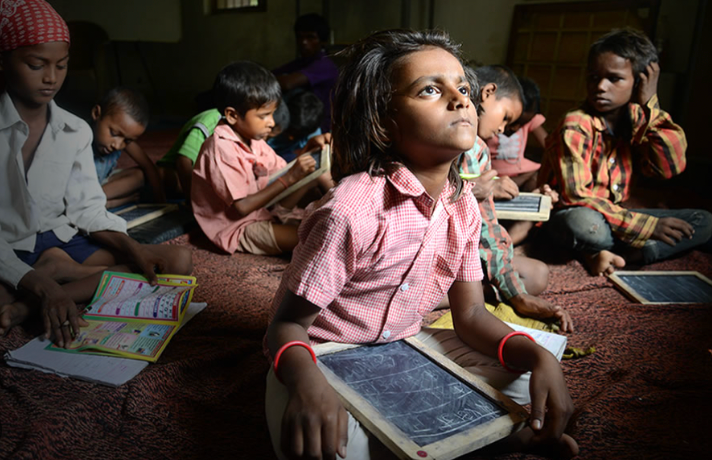
Comments